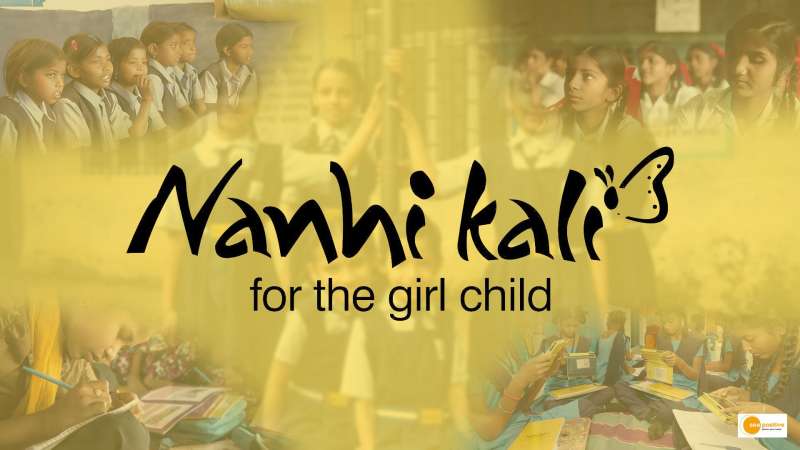

Started by Anand Mahindra, Chairman of the Mahindra Group, under the auspices of the K.C. Mahindra Education Trust in 1996, Project Nanhi Kali (little buds, in Hindi) was meant to educate underprivileged girls and was set up as a participatory sponsorship programme to support the cause. Sheetal Mehta, Senior Vice-President, CSR, Mahindra & Mahindra, explains, “The project helps girls between the ages of five and 15 complete schooling, and provides them with comprehensive support including daily after-school academic support through Academic Support Centres (ASC) which operate within government school premises. An annual school supplies kit comprising items such as a school bag, stationery, pullover, raincoat, and feminine hygiene material is given to every girl.” A partnership with an ed-tech company has enabled them to provide the girls access to a personalised adaptive learning software preloaded on tablets.
Sugna Bhuriya was born in a migrant tribal family. With the family constantly on the move, her schooling was impacted. Yet, today, she is in the first year of college. Snehal’s family moved to Mumbai to make a living, but her parents fell ill, and it looked as if she would have to discontinue her education. Today, however, she is pursuing a graduation in Science. What ensured that they did not drop out of school.
Woman power
Women’s empowerment is at the heart of the project. Women from the local community, known as Community Associates, are trained to be learning facilitators and mentors to the girls, as well as to sensitise parents and community stakeholders to ensure the girls’ education and empowerment. According to Mehta, ensuring gender parity is critical to enhancing social and economic growth. Disparities in education can be seen in a society as deeply stratified as India, she claims, because of caste, religion, and gender. “The pandemic exacerbated pre-existing gender disparities in education, with school closures impacting girls from vulnerable families. While boys are likely to return to school, some girls may never return as they are forced to work, take up care giving, or marry early. This project works in communities that are gender skewed and have poor social indicators for women and girls. At every new location, the team begins operations by conducting community surveys to understand the challenges faced by girls in attending and completing schooling.”
She also emphasises the pivotal role of technology in providing equal access to quality education. “Customised innovative digital solutions work effectively in low-resource settings and mitigate learning challenges such as diverse student learning levels and lack of qualified tutors. Also, through the pandemic, we learnt how vital it is for smart technology and digital learning to be embedded into our education system. Given that 65% of students in India attend government schools, most of which do not have the necessary hardware or connectivity to support online learning, it is necessary to invest in this infrastructure.”
She emphasises that the country cannot sideline its girls. Their health, wellbeing, education, skilling, productivity, economic and leadership potential are national priorities, she says. “This resonates with findings of leading development organisations that investing in health, education and livelihood of girls and women creates powerful ripple effects that benefit society. This is primarily because women, according to a Clinton Global Initiative report, reinvest 90% of their income in their families as opposed to men who plough back less than half. Clearly, an increase in incomes of women has proven intergenerational benefits that lift families and communities out of poverty.”
Also Read: RAILWAY PROTECTION FORCE RESCUED MORE THAN 1000 KIDS FROM STATIONS UNDER OP ‘NANHE FARISHTE’


